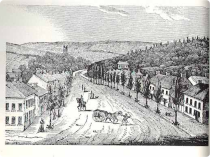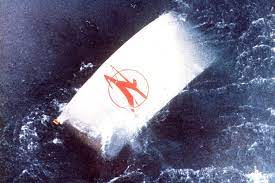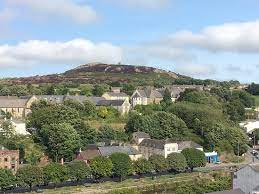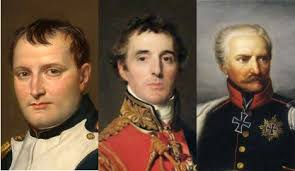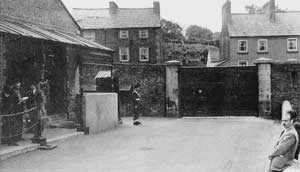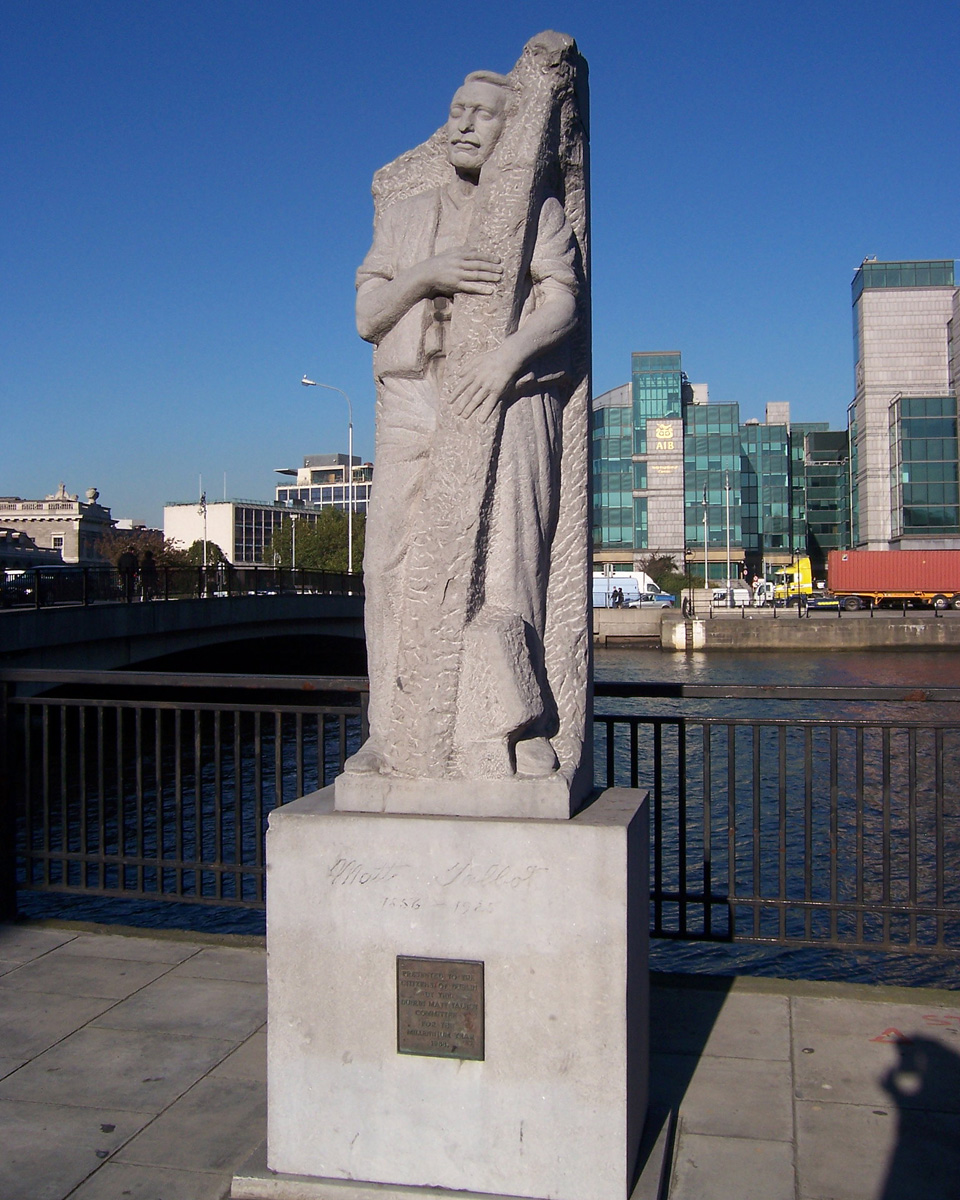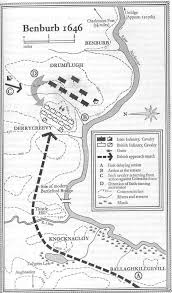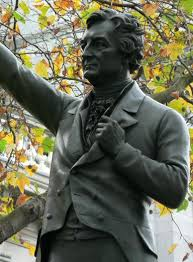18 June 1815: The Battle of Waterloo on this day. This great
battle was fought out some 10 kilometres south of the Belgic city of Brussels,
along the Ridge of Mont St Jean and on the fields to the south & east of
it. The French Emperor Napoleon Bonaparte was defeated by the combined armies
of the Duke of Wellington of the British
& Allied Armies and Marshal Blucher leading the forces of Prussia. It was a
battle in which men of many nations participated. Soldiers from England,
Scotland, Wales, Ireland, the United Provinces (Holland + Belgium), Hanover,
Wurtembourg, Prussia and other minor German states fought the forces of France
to decide the fate of Europe.
At least three
infantry or cavalry brigades were led by Anglo Irish generals.
Major General Sir William Ponsonby (KIA) 2nd British (Union) Cavalry Brigade
Major General Sir John Ormsby Vandeleur 4th British Cavalry
Brigade.
Major General Sir Denis Pack 9th British Infantry Brigade
There were also a number of regimental commanders with Irish connections who saw action on the field
of Waterloo
Lt. Col.Frederick Cavendish Ponsonby [WIA] 12th Light
Dragoons
Lt. Col. Patrick Doherty 13th Light Dragoons
Lt. Col. Henry Murray 18th Hussars
Lt. Col. John Dawson [AWOL] 23 Light Dragoons but fought with
the 18th Hussars later on
Lt. Col. John Millet Hammerton [WIA] 44th foot - succeded by
Major George O’Malley
Lt. Col. Sir Andrew Barnard 1st battalion Royal Green
Jackets
Major Dawson Kelly -
led the 73rd foot after all Officers were killed or wounded.
Major Arthur Rowley Heyland [KIA] 1st battalion 40th foot
While the British Army had 10 infantry regiments and 4
cavalry ones with ‘Irish’ in their description only three actually saw service
in this campaign:
18th (King's Irish) Hussars - 12 dead 73 wounded officers & men
6th (Inniskilling) Dragoons - 86 dead 107 wounded officers
& men
1st Battalion, 27th (Inniskilling) Foot - 105 dead 373
wounded officers & men
History of the Waterloo Campaign - Major General H.T.
Siborne
The Inniskillings ‘the Skins’ took some of the heaviest
losses of any Regiment on the day.
‘By that evening, the 27th Regiment's casualties were
apparently considerable for all to see and an officer of the 95th Rifles later
wrote that, 'the twenty-seventh regiment were literally lying dead, in square,
a few yards behind us'. When Wellington ordered the general advance around 2000
hours, there were, despite such descriptions, sufficient survivors to enable
the Inniskillings to move forward to La Haye Sainte. Perhaps it was there that
a captured French General was first reported as saying, 'I have seen Russian,
Prussian and French bravery, but anything to equal the stubborn bravery of the
regiment with castles I never before witnessed'.
The 27th (Inniskilling) Regiment of Foot's killed and
wounded amounted to almost 500 out of a total of 747 - amongst the highest
casualties of British regiments. In this number were sixteen out of the
nineteen officers and twenty-three of the thirty-four Colour Sergeants and
Sergeants, all killed or wounded.’
https://www.royal-irish.com/events/battle-honour-waterloo
The British Army who fought that day fielded about 24,000
men drawn from England & Wales, Scotland and Ireland. At that time the
Irish (Catholic, Protestant & Dissenter) comprised some 30% of the
population of these islands. That ratio was well reflected in the ranks of the
military force present at Waterloo with the Irish having a strong presence pretty
well across the board in all arms Cavalry, Infantry and Artillery. Outside of
the Officer Class most of these were poor men, labourers and weavers in the
main who found in the Army a relatively secure measure of employment along with
shelter & comradeship.
By all accounts the Irish were good fighters but rightly or
wrongly were seen as undisciplined off the battlefield. Many were from Catholic
households but the Protestant population was represented as best we can judge
in numbers that matched their proportion of their Country’s population. The
rank and file were seen as emanating from the ‘scum of the earth’ by Wellington
and probably by most of the Officer Class too. In some respects he was right as
many were there because they were outcasts and misfits from civil society or
rough men who sought a fighting career. But they could fight and fight well -
and that's what they were there to do.
When the battle ended that evening some 6,000 men of the
British Army laid dead, dying or severely wounded on the battlefield - some 25%
of the force engaged. On a per capita basis that would be around 2,000 or so
men from Ireland who fell that day - a heavy enough toll. On the other hand the
population of the island was some Six Million souls in 1815 so while a severe loss
to those that had family in the Military it would not have been seen as a
National Calamity. Indeed many might well have wished for a French Victory that
day - Daniel O’Connell being one of them.
There are a number of roads and landmarks in Ireland still
that celebrate the battle that day. The most imposing being the Wellington
Monument in the Phoenix Park in Dublin that commemorates the Duke of
Wellington’s Victories. The halfpenny footbridge over the Liffey in the City
Centre is officially ‘Wellington’ bridge and in the suburbs south of the city
there are the Wellington and Waterloo roads. North of the river Liffey off the
North Strand there is a Waterloo Avenue. In Trim Co Meath where his family
hailed from there is also a monument to honour him.
But while still a Hero in Britain his legacy at home is less
sure given his vehement opposition to Catholic emancipation and his eventual
sour acceptance of its political necessity. If Waterloo is remembered at all
here its for it marking the end of Napoleon Bonaparte’s career rather than any
part that Ireland played in his Downfall.
Next to the formidable Duke the Irishman who is most worthy
of mention was Sergeant James Graham [above] 2nd Battalion Coldstream Guards
from Clones Co Monaghan. He helped in closing the gates of the Hougoumont
Farmhouse which was a vital strategic point on the battlefield, positioned out
in front of the right of the allied line. It was attacked throughout the day by
thousands of French infantrymen, but held out to the end. The Duke nominated
him as 'the bravest of the Brave' and mentioned in him in his Supplementary
Dispatches on the Battle:
He assisted Lieutenant-colonel Macdonnell* in closing the
gates, which had been left open for the purpose of communication, and which the
enemy were in the act of forcing. His brother, a corporal in the regiment, was
lying wounded in a barn, which was on fire, and Graham removed him so as to be
secure from the fire, and then returned to his duty.
* Coldstream Guards and the senior British Officer at
Hougoumont.
Sergeant Graham lived on until 1845 and died in the Royal
Hospital Kilmainham Dublin. He is buried in the Old Soldiers plot in the
grounds of that Institution.


